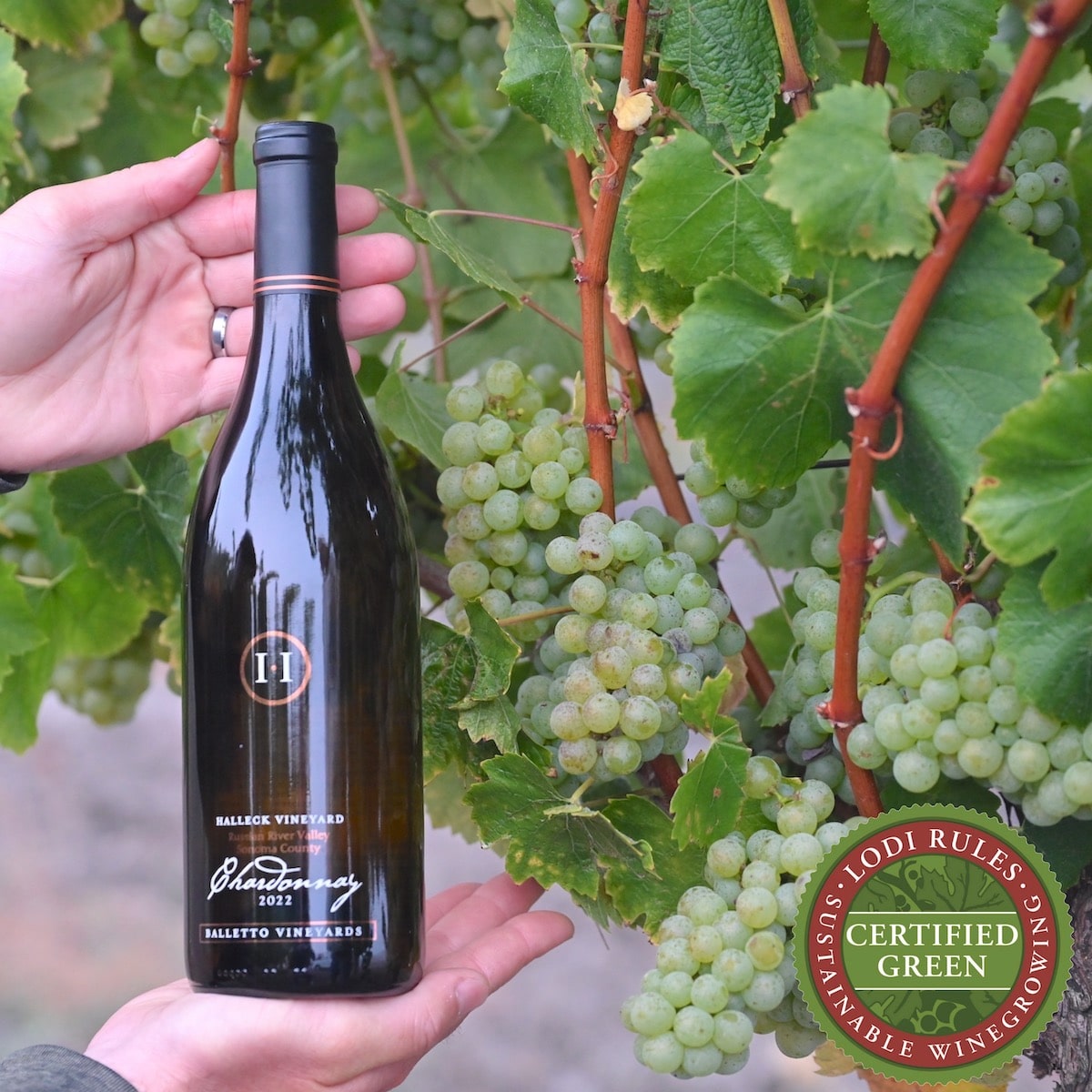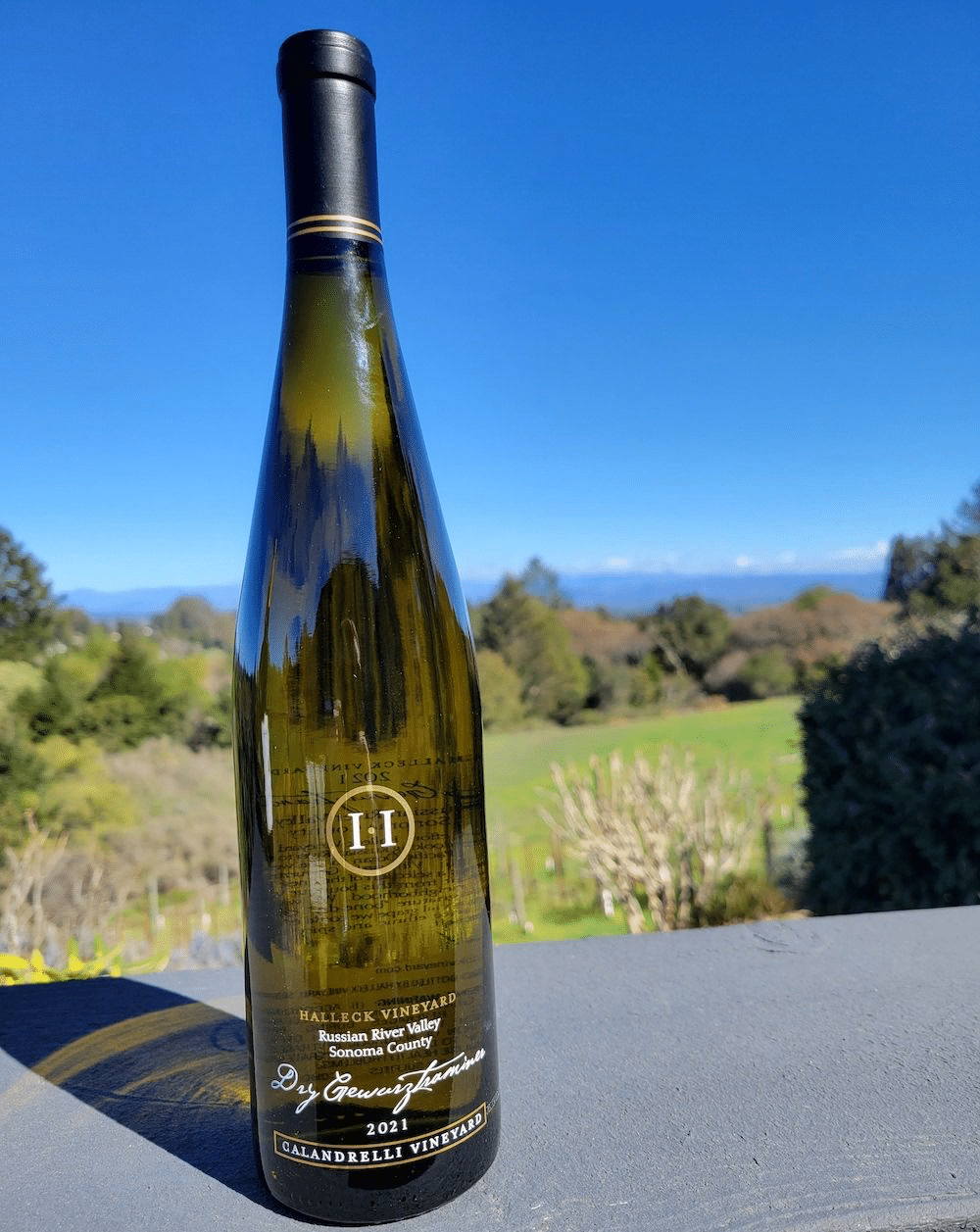Wineries With Sustainable Practices - Sonoma County Wine Tasting Locations
Wineries With Sustainable Practices - Sonoma County Wine Tasting Locations
Blog Article
Wineries Offering Elegant Wine Tastings - Sebastopol Vineyard Visits
Wine tasting is an art that requires practice and an understanding of varied aspects involved in the process. One essential factor of wine tasting is the event and interpretation of tasting notes, which serve as a guide for both novices and seasoned connoisseurs. A Guide To Understanding Winery Wine Tasting Notes can enhance your wine-tasting experience, making it more significant and enjoyable.

Tasting notes are concise descriptions that capture the essence of a wine’s flavors, aromas, and overall character. Usually composed by professional tasters, winery tasting notes offer insights into the nuances of varied wines. They can help wine enthusiasts understand what to anticipate from a selected bottle. Nevertheless, tasting notes can vary extensively in style and element based mostly on the author's experience and palate.
Spectacular Vineyard Views In Sonoma - Tasting Experiences In Sebastopol Vineyards
When you first strategy a glass of wine, your senses will begin to have interaction instantly. The sight, smell, and style of the wine will converge to provide you a complete experience. Tasting notes usually start with the visual assessment, where the colour of the wine is taken into account. Colour performs a major function in indicating the wine’s age, grape selection, and even its flavor profile.
After assessing the visible side, the next step involves swirling the wine within the glass. This motion aerates the wine, permitting its aromas to awaken. Smelling the wine provides important perception into its complexity. The preliminary sniff can ship a flood of scents that will embody fruity, floral, natural, or earthy notes. This is usually essentially the most subjective part of tasting, as individual experiences can dramatically differ.
In winery tasting notes, descriptors are sometimes categorized into major, secondary, and tertiary aromas. Main aromas usually stem from the grape selection, secondary aromas derive from fermentation processes, and tertiary aromas come up from aging. Understanding these categories may help you recognize the depth of a wine, and so they additionally provide the vocabulary to express your experience better.
Wineries With Locally Sourced Food Options - Sonoma’s Lush Vineyard Landscapes
Following the olfactory encounter, your focus will shift to the taste of the wine. This is where the primary characteristics—sweetness, acidity, tannins, alcohol—come into play. Tasting notes usually detail these flavors in multiple dimensions, including the initial attack on your palate to the lingering end on your tongue. A high-quality wine will present a harmonious stability between these components.
Whereas tasting, it is important to ponder the physique of the wine, which could be described as light, medium, or full. The physique contributes considerably to your general impression, helping you consider how the wine pairs with food or whether it stands alone as a sipping wine. Balancing the physique with the opposite traits will present you with a fuller understanding of what the wine has to offer.
The end of the wine, also known as the aftertaste, is another important facet often included in tasting notes. A lengthy, pleasant end usually signifies a higher high quality wine, while a brief or cloying aftertaste may recommend otherwise. Evaluating the finish can provide further perception into the wine's complexity and distinction.
Understanding the context of winery tasting notes is also valuable. Tasting notes can present contextual details about the vineyard's location, local weather, and grape-growing practices. This context adds another layer of appreciation for the wine, permitting enthusiasts to connect the sensory experience with its origins, thus enhancing the enjoyment additional.
Sonoma's Top Sparkling Wine Producers - Sonoma Wine Tasting Recommendations
Many wineries present tasting notes on their websites or labels, usually written in an approachable yet informative style. Nonetheless, not all winery tasting notes are created equal. Some could additionally be overly technical, while others may prioritize advertising aptitude over insightful evaluation. Studying to navigate these notes can arm you with the information to make knowledgeable decisions when deciding on wines.
Collaborating in tastings at wineries can also deepen your understanding of wine tasting notes. Interacting with educated staff can provide you a more hands-on approach to exploring different wines and the language used to describe them. Wineries With Sustainable Practices. You May have the opportunity to ask questions, interact in discussions, and doubtlessly refine your palate in real time.
Experimentation is essential for mastering wine tasting notes. As you pattern totally different wines, attempt making your individual notes. Focus on describing the wine’s colour, aroma, style, and end. Over time, you’ll develop a personal vocabulary that resonates together with your sensory experiences. Every note you create will assist refine your palate, permitting you to appreciate wines at a deeper stage.
Wineries With River Views - Sonoma County's Best Wine Experiences
In conclusion, a Guide To Understanding Winery Wine Tasting Notes provides a comprehensive framework for diving into the world of wines. It equips you with the strategies and language necessary to articulate your experiences. Whether Or Not you're a informal drinker or a dedicated aficionado, understanding and using tasting notes can profoundly influence your wine journey. This knowledge not solely enhances your enjoyment but additionally connects you deeply with the wealthy narratives every bottle tells. By embracing this journey, you turn into part of the gorgeous mosaic of wine culture, where every sip unveils a new story waiting to be found.
- Wine tasting notes usually embody quite so much of sensory descriptions, including aroma, flavor, acidity, physique, and finish, allowing tasters to totally recognize the wine's characteristics.
- To enhance your understanding, familiarize yourself with common wine terminology such as "tannins," "oakiness," or "terroir," which can help decipher the notes extra successfully.
- A systematic approach to tasting entails first visually assessing the wine's colour and readability, followed by swirling to launch aromas, then inhaling and describing what you experience.
- Taking notes throughout tasting may help establish patterns over time, enhancing your palate and making it simpler to recall preferences for future choices.
- Do Not overlook the affect of food pairings; tasting notes can differ tremendously when a wine is loved with complementary flavors, altering notion and enjoyment.
- Pay attention to the wine’s vintage, as climatic conditions in a given 12 months can significantly have an effect on the ultimate product, adding another layer to the tasting notes.
- Contemplate the winemaker's style and philosophy, which might shape the wine's profile and impression how its notes evolve with each sip.
- Practicing with completely different grape varieties can broaden your vocabulary; each type brings unique traits that can enhance your capacity to articulate tasting notes successfully.
- Partaking with wine professionals or attending tasting events can provide priceless insights, offering a richer context for understanding personal tasting notes.
- Remember that tasting is subjective; particular person preferences and experiences will shape one’s interpretation of the identical wine, enriching the general enjoyment of wine exploration.
What are wine tasting notes?
Wine tasting notes are descriptive feedback made by tasters about the appearance, aroma, style, and end of a wine. They present an overview of the wine's characteristics and might help shoppers perceive the style and high quality of the wine.
Wineries Near Highway 12 - A Guide To Sonoma Wineries
Why are tasting notes important when deciding on wine?
Tasting notes can guide you in choosing a wine that suits your palate. They present insights into flavors and aromas, helping you to match wines with food or occasions. Understanding these notes enhances your overall wine experience.
How ought to I read wine tasting notes?
(Wineries Offering Off The Beaten Path Experiences)
Wineries Offering Charcuterie And Wine Pairings - Sonoma Wine Region Vineyards

When reading wine tasting notes, pay attention to the construction: look for descriptions of color, aroma, flavor, and end. This will allow you to grasp the wine's profile and determine if it charming wineries offering wine and food pairings aligns with your preferences.
What terms generally seem in wine tasting notes?
Frequent terms embody "tannin" (the structure), "acidity" (the crispness), "physique" (the weight), and numerous flavor descriptors like "fruity," "earthy," or "spicy." Familiarizing yourself with these phrases can deepen your understanding of wine.
Wineries Known For Sustainable Practices In Sonoma - The Charm Of Sonoma Wineries
Can I create my very own tasting notes?
Yes! Writing your own tasting notes can improve your wine tasting experience. Focus on your observations of style, aroma, and other sensory traits. This personal practice might help you refine your palate over time.
How do I identify the aromas in wine tasting notes?
Wineries In Sebastopol - Enjoying A Vineyard In Sonoma
To identify aromas, practice smelling a wide selection of scents and associating them with wines. Swirl the wine in your glass to release its aromas, then take a moment to breathe in deeply earlier than figuring out any prominent scents.
What is the difference between professional and personal wine tasting notes?
Professional tasting notes might use more technical language and specific terminology, while personal tasting notes are subjective and replicate particular person experiences. Each are priceless for understanding and having fun with wine, but personal notes might resonate more together with your unique tastes.
How can tasting her comment is here notes enhance my wine appreciation?
Celebrated Winemakers To Discover In Sonoma - Vines And Views In Sonoma Wine Country
Tasting notes can improve your appreciation by serving to you to understand and articulate the complexities of wine. They encourage aware tasting and supply a framework for comparing different wines, leading to a richer enjoyment of the beverage.
Are there any apps or instruments to help with wine tasting notes?
Sure, there are several apps designed to assist users document and organize their tasting notes. These instruments typically supply features like flavor wheel guides and wine database searches, making it simpler to track your journey through different wines. Report this page